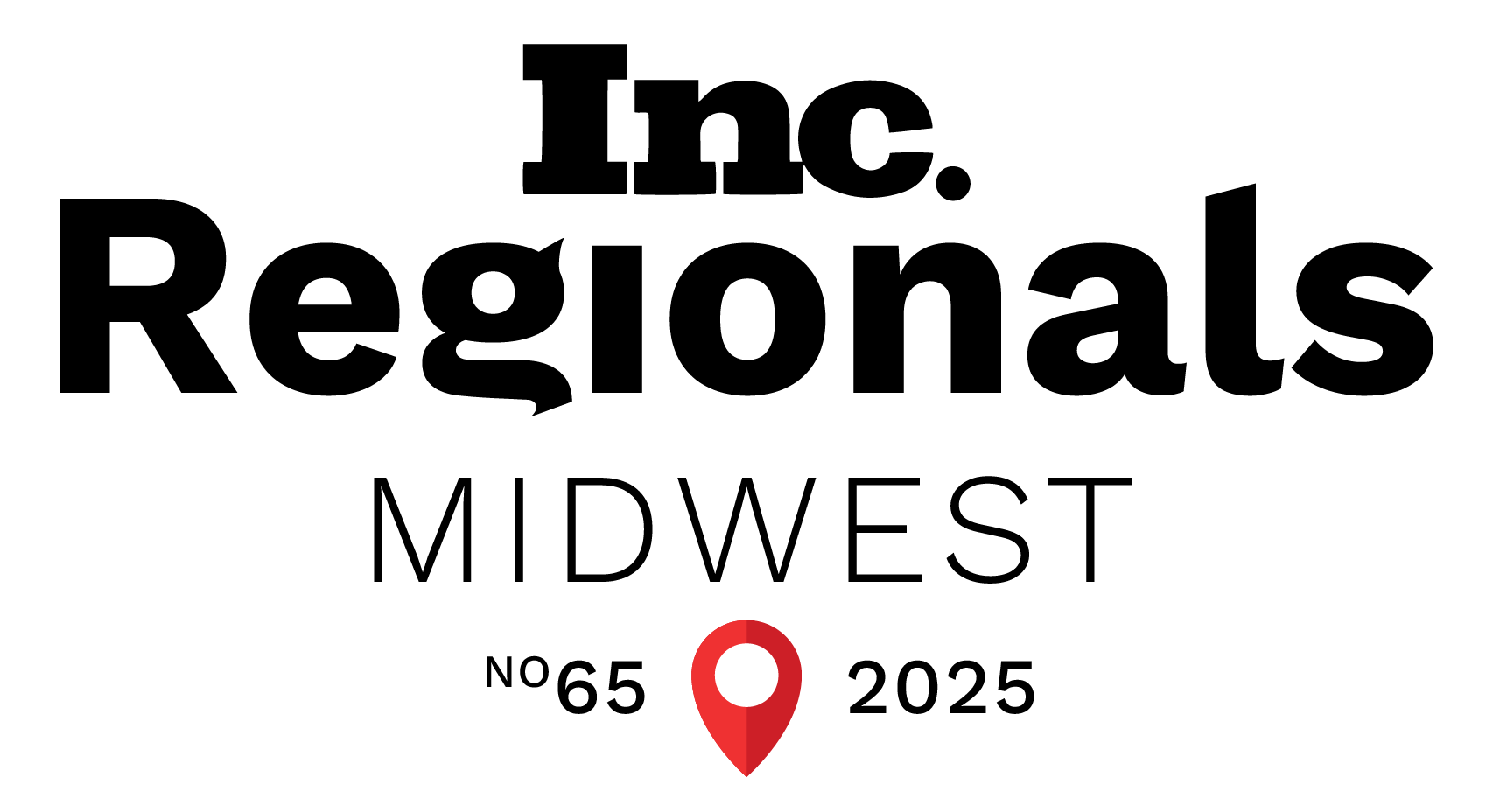AI Writer & AI Copywriting: Will Artificial Intelligence Content Writing Take Over?

In This Article
From Amazon recommending products based on your browsing and order history to Alexa answering your vocalized questions, artificial intelligence (AI) is taking over almost every aspect of communication.
Yes—that includes writing as well. With GPT-3 (Generative Pre-trained Transformer 3), AI writing has been slowly gaining momentum. Smart AI tools are producing content that can pass for human writing, like this article for The Guardian. Of course, the flow is choppy and it doesn’t read like your favorite book—but it’s definitely more than you’d expect from your average AI robot.
So, the question is, are we at the stage yet where AI can replace human writers?
This article will help you better understand AI copywriting, if AI can replace human writers, and the different AI tools on the market.
What Is AI Copywriting and How Does it Work?
AI-based copywriting is basically computer-generated writing created using deep learning and natural learning processing tools.
For AI copywriting, you need to give instructions to the AI tool about the following:
- What you want to write.
- The type of content you need.
Once the AI tool receives all the necessary information, it analyzes existing writing samples in its database to generate new and plagiarism-free content based on your parameters.
Since AI has become a crucial part of the marketing industry, many companies are leveraging it to their advantage.
AI Copywriting Content Creation Results
Vanguard used an AI content generator to create personalized ads to strengthen client relationships through messaging. As a result, they increased their conversion rate by 15%!
Does that sound impressive? Are you ready to switch to AI? Hold your horses, the verdict is still out!
Persado, an AI copywriting tool, is said to be excellent at mirroring emotions in copy. However, some reviews of the product state that it’s not flexible when customizing the content and that some of its headlines are ridiculous and don’t make any sense.
So, as you can see, it’s pretty hit-and-miss, but it has definitely improved over the years.
Creating content using AI tools isn’t new. Companies have been relying on technology to create product descriptions, financial reports, and data insights for a while now.
One new AI model that’s been getting attention is the Generative Pre-trained Transformer 3 (GPT-3).
Is AI Ever Going to Be Capable of Fully Replacing Human Writers?
AI copywriting tools do help with scaling content creation and they are good at “certain” things, but they cannot replace human writers completely—not as of right now, at least.
Why not?
Because AI can simulate intelligence and language but not expression. AI can’t replicate emotions, creativity, nuance, and empathy.
Yes, copywriting with AI tools can help human writers save time by generating headlines and content topics or by creating an outline, but they cannot write a full-fledged article.
Writing an article requires an understanding of the client’s goals. Copywriters must put themselves in the client’s shoes to know the audience’s pain points, tweak the content’s tone and structure accordingly, and write in a clear and engaging style. Current AI copywriting tools aren’t capable of doing all of this.
For a better understanding, let’s review the pros and cons of using an AI copywriting tool.
Pros of using AI Copywriting Software
More content in less time: The human mind cannot beat machines, making AI copywriting tools the clear winner when it comes to time efficiency.
No need to check your content for grammar and plagiarism: Human copywriters need to use software to check whether their content is grammatically correct and plagiarism-free. But AI content writing software assesses the data available on the web and creates new, plagiarism-free, and grammatically correct content.
Available in different/multiple languages: Not everyone reads/writes in English, so sometimes you need to write in different languages. AI copywriting tools can write in more than ten languages, helping you gain more traffic from non-English readers.
Cons of an AI Copywriting Tool
Lacks authenticity: Yes, AI tools create new and plagiarism-free content because they’re designed to do so. But “new” doesn’t mean “original.” The content created by AI tools is nothing but somebody else’s paraphrased words or ideas.
Cannot understand the nuance of tone and context: The tone of the content changes based on what topic you’re writing on and whom you’re writing for. AI tools cannot use nuances of language or understand the context of the content, making the writing irrelevant to readers. Nor can it interview subject matter experts.
Lacks creativity: AI leverages machine learning, meaning it lacks the creativity humans put into their writing to make the content unique and engaging.
Doesn’t understand audiences and personas: AI copywriting tools can’t communicate with and understand the target audience’s pain points and personalize the content accordingly.
What Effects Will AI Have on SEO?
Machine-written content is currently against Google’s guidelines. But John Mueller, Search Advocate at Google, said that in the near future, Google might focus more on the “quality” of the content rather than “how” it was generated. However, on Reddit, Mueller commented “nope” on a post asking if AI content writers are good for creating content or not.
Whatever the future holds, we can still answer whether or not AI copywriting tools are good for search engine optimization (SEO) right now.
When Are AI Copywriting Tools Good for SEO?
- AI tools, such as Answer the Public and FAQ Fox, help you choose your content topics based on what’s trending—taking you one step closer to solid SEO content.
- AI tools can provide you with crucial details, such as related keywords, recommended word count, potential title tags, and a semantic analysis summary, which might help you achieve a better SEO score.
However, you need to review all the information an AI tool gives in case of any errors or concerns.
When Are AI Copywriting Tools Bad for SEO?
- AI tools can produce content quickly, but this content often lacks quality, creativity, and an overall human touch. And this type of content isn’t going to rank on Google—not if it doesn’t improve significantly.
- Google doesn’t support keyword stuffing. Human writers use keywords thoughtfully and naturally to create a high-ranking piece of content. But if you give AI tools keywords, chances are you’ll end up with awkward phrasing and unnatural placements.
Do these 5 AI Copywriting Tools Work?
1. CopyAI
CopyAI can be a great solution if you’re struggling with writer’s block because it’s powered by GPT-3. GPT-3 is a highly advanced machine language powering many copywriting tools.
Key features:
- You can create seven types of content using CopyAI: sales copy, ads, blogs, product descriptions, social media content, website copy, and email content.
- You can create content in multiple languages.
- You can also convert your content from one language to another. For example, you can put content in English and generate it in Spanish.
2. Wordsmith
Wordsmith is an ideal tool for those who rely heavily on data. Once you insert your data in Wordsmith, it uses its fast application programming interface (API) to convert it into a productive narrative.
Key features:
- It allows you to insert different forms of data and integrate them into a tableau.
- It helps analysts use conditional logic while writing rules for scenarios that might affect their organization’s data.
- It lets you create logical and easily understandable descriptions for various things that rely on unstructured data.
3. Writesonic
Writesonic is also powered by GPT-3 technology, which claims to create high-performing content that connects with readers.
Key features:
- It produces multiple copy samples of every topic for you to choose from.
- You can summarize any piece of content in just one click.
- It allows you to create 1,500+ word blogs, something other AI tools usually don’t.
4. Jasper
Previously called Jarvis, Jasper is a great writing assistant that’s extremely popular among content marketers. However, you need to do a lot of fact-checking and editing. As Jasper Bootcamp says, Jasper focuses more on creativity rather than factuality, and it regularly writes things that aren’t true.
Key features:
- Its “explain it to a 5th grader” feature helps you rephrase complex content into more easily digestible material.
- Jasper has a partnership with Grammarly, which allows you to activate it as an overlay on top of your Jasper-generated content.
- You can also use voice commands.
5. Copysmith
Copysmith also operates on GPT-3. It’s designed to put as many keywords in the content as possible to get your website a top ranking. However, sometimes this feature might turn into keyword stuffing, resulting in poor SEO results.
Key features:
- It has a backup feature, so you never lose your work.
- It offers 30+ templates that help generate almost all types of content, including blogs and ad copy.
- Its bulk content generation feature can be a time-saving method when bulk content is needed in less time. However, this content will need to be fact-checked.
Contact Metric Marketing Today
AI copywriting tools are the fastest route to creating content. However, 55% of successful content marketing strategies focus on improving the quality of content—which AI can’t offer, at least not yet.
Human writers will always win the game when it comes to the quality, creativity, authenticity, and personalization of content.
Metric Marketing can help you create unique and fresh content, eliminating the need for endless rounds of fact-checking and edits, which is common when using an AI tool.
Call us at (734) 404-8714 or fill out an online contact form today. We look forward to hearing from you!
Must-read articles
Looking for something else?
There's so much more
Ready to Inquire?














